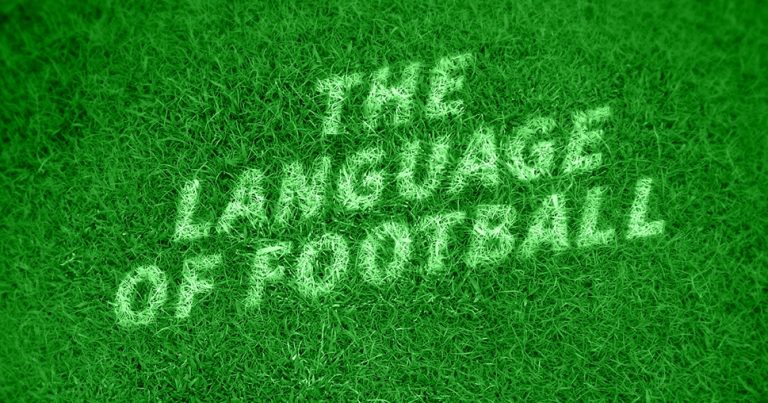
Unmasking the hidden language of football beyond words, exploring body language, hand signals, and eye contact as powerful tools for communication and strategy.
The Silent Language of Football: Decoding Nonverbal Communication on the Pitch
Beyond the crowd’s roar and the shouts of coaches, a silent language unfolds on the football pitch. This is the language of non-verbal communication – a complex system of gestures, body language, and eye contact players use to convey tactical instructions, express emotions, and build on-field synergy. To truly understand the beautiful game, we must deconstruct this silent language and appreciate its profound impact on gameplay. And every fan will be helped with this by the soccer live scores and soccer prediction of any match.
Body Language: A Window to the Mind
A player’s posture, movements, and facial expressions offer valuable insights into their tactical intentions and emotional state. A clenched fist might indicate frustration, while a relaxed posture could suggest confidence. A raised eyebrow could be a call for attention, while a furrowed brow might betray worry. By deciphering these subtle cues, teammates can anticipate plays, react to changes in strategy, and adapt to the game’s flow.
- Open arms: Strikers often use this gesture to signal teammates to pass the ball into their path or create space for themselves.
- Pointing: A player pointing towards a specific pitch area can instruct their teammates to move to that space or focus their attack in that direction.
- Shrugs: Shrugging shoulders can signify confusion or frustration, indicating that a player needs more information or doesn’t understand the current strategy.
Hand Signals: A Tactician’s Tool
Hand signals are vital for coaches to communicate instructions and tactics from the sidelines. These signals can be simple gestures, such as a raised fist to indicate an aggressive press, or more complex sequences that convey intricate tactical maneuvers. By using hand signals, coaches can provide real-time adjustments and ensure their players align with the game plan.
- Closed fist: This signal often signifies a defensive strategy, calling for players to close down space and mark their opponents tightly.
- Circle with fingers: This gesture can indicate that players should move the ball around quickly and keep possession.
- Number signals: Coaches often use their fingers to signal specific formations or set-piece plays.
Eye Contact: The Power of Connection
The way players look at each other can reveal a wealth of information about their on-field relationships and understanding. A direct gaze can convey confidence and trust, while averted eyes might suggest hesitation or doubt. By understanding the subtle nuances of eye contact, players can build stronger connections, anticipate each other’s movements, and execute plays with greater precision.
- Direct eye contact: This can be used to assert dominance, show leadership, or confirm a teammate’s understanding of a tactical instruction.
- Avoiding eye contact: This might indicate nervousness, lack of confidence, or disagreement with the current strategy.
- Eye contact followed by a nod: This is a powerful nonverbal confirmation, indicating that both players are on the same page and ready to execute a specific action.
The Power of the Unspoken
Understanding the silent communication in football allows us to more fully appreciate the game’s complexity and beauty. It reveals the intricate web of communication that exists between players, coaches, and even the crowd, highlighting the importance of teamwork, trust, and shared understanding. Beyond the technical skills and athletic prowess, this silent language truly sets exceptional players and teams apart.
Silent Strategy: Decoding the Unspoken Language of Football’s Depths and Dramas
The language of football is not limited to spoken words. In fact, the unspoken communication, the subtle gestures and unspoken messages often hold the key to understanding the game’s actual depth and drama. By appreciating this silent language, we can elevate our appreciation for the beautiful game and gain a deeper understanding of the tactical nuances that make football such a compelling and captivating sport.

